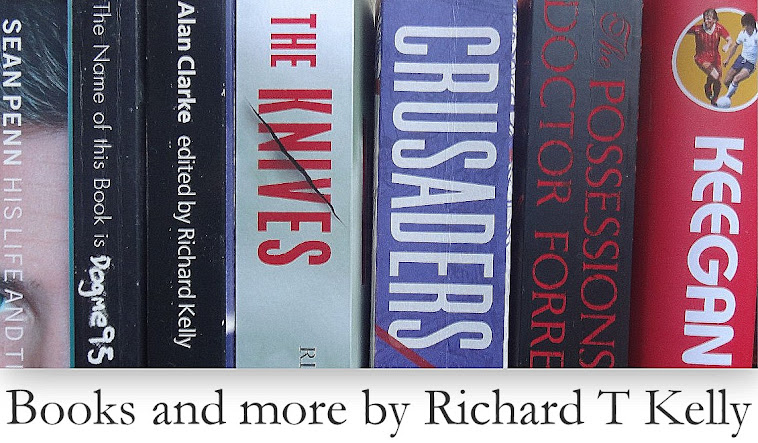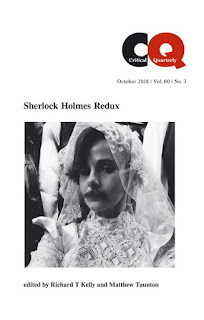Mozart is a presiding spirit through all of Brophy’s novels, but arguably the one that is most thoroughly infused is The Snow Ball (1964), a work that consummately melds Brophy’s deep interests in myth, opera, sexuality and psychoanalysis. Its heroine Anna admits freely to a troika of obsessions: ‘Mozart, sex, and death.’ The Freudian opposites of eros and thanatos, which Brophy considered in her non-fictional Black Ship to Hell (1962), are also shadowy guests in the wings of The Snow Ball.
The novel takes for an epigraph Brophy’s own note from Mozart the Dramatist concerning the age-old critical interest in the question of ‘whether, when the opera opens, Don Giovanni has just seduced or has just failed to seduce Donna Anna.’ In The Snow Ball ‘Did she or didn’t she?’ is turned around to ‘Will she or won’t she?’ as Brophy, with a dextrous touch and allusive skill, brings Mozart’s age into our own.
The setting is ideal for the purpose: an eighteenth-century-themed costume ball on New Year’s Eve, in a London residence so grand as to house a ballroom, home to wealthy Tom and his wife, four-times-married Anne. Anna attends alone, dressed as Donna Anna, unhappily preoccupied by her middle years and what they mean for her good looks, as well as by a general distaste for the occasion. (‘If one wants to forget one’s age’, she will lament, ‘new year’s eve is the wrong eve to start.’)
Like Brigid Brophy, Anna has a highly developed aesthetic sense, and to her keen eye no-one at this ball looks quite right: too many cut-price Casanovas and third-rate Marie Antoinettes. Anna is of the view that people come to fancy-dress balls as their daydreams, and she is pained by the paucity of imagination on display. Yet the judgement she passes on others could be one from which she is willing to exempt herself.
At least one guest at the ball is wearing a mask; and this element of the bal masque makes the vital bridge for the novel into a Mozartian world – the masquerade being, as critic Terry Castle has put it, ‘part of the eighteenth century of the imagination, which in the end is the only one we have.’ A masked ball is usually a subversive occasion, one where feckless acts may suddenly be permitted, and the world turned upside down if only for a night – including the balance of power between men and women, as it is affected by sexual attraction and consenting sexual intercourse.
So, when at midnight Anna meets a masked Don who kisses her on the mouth – ‘not socially, but on the lips, gently and erotically, then with a voluptuous fluttering, and at last with a violent and passionate exploration’ – she is moved to wonder if this mystery man might share her personal obsessions, and whether a closer union is meant to be.
First, though, as if feeling eighteenth-century mores pressing upon her, Anna flees from her suitor, seeking refuge in the sumptuous boudoir of her friend and hostess Anne. It is white ‘like peppermint creams’, done in a style Anna thinks of as ‘tart’s rococo’. There she and Anne share affectionate, barbed gossip and confidences – the reader conscious all the while of a current of erotic tension that will drive the novel toward its finale.
Anna’s dilemma, though the core of The Snow Ball, is complemented by side-plots. Her kiss with the Don has been observed by Ruth Blumenbaum, teenage daughter of another old friend: Ruth is a precocious diarist who has come to the ball dressed as Cherubino, squired by her disagreeable beau Edward (Casanova). The fitful struggle toward intimacy of these two youths makes for a counter-theme in the novel, as does the slightly unsightly but undeniably contented marriage of Anne and Tom (or ‘Tom-Tom’ and ‘Tum-Tum’, as they call one another in confidence.)
In these parallel amours Brophy makes fine use of her gift for describing human carnality. One evocation, from the female perspective, of what the French call ‘la petite mort’ was thought rather scandalous by readers in 1964, perhaps chiefly because Brophy was a woman and wrote so superbly. And yet Brophy never lets us forget that, however well fitted the partners in this dance, its aftermath can lead nonetheless to thoughts of an entirely different nature. Or to paraphrase Plautus – whom Brophy takes as her other epigraph – even in the midst of the most diverting activities Death may creep up upon us.
This is another tension that persists to the last page of The Snow Ball, where the curtain drops on what is arguably Brigid Brophy's most brilliant fictional performance.





